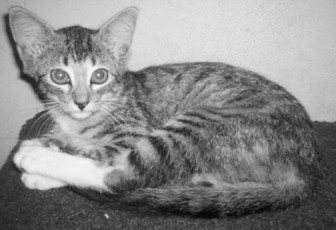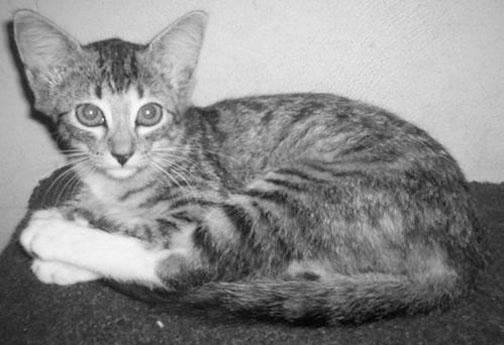Continued
The week before last, we discussed the ‘washing out’ of the wound. Other words used to describe this removal of visible and microscope debris are ‘lavage’ and ‘irrigation.’ So where do we go from here?
Always, the objectives are: (1) to keep the wound free from further infection, (2) to destroy any residual or new germs that have entered the wound, and (3) to create conditions for faster healing of the damaged tissue.
Within the context of keeping the wound free from further infection, it is necessary to trim away the hair from the immediate vicinity of the wound. This is especially imperative in dogs with long hair. Sometimes, because of the secretion oozing out of the wound, the hairs can become pasted together and form a thick mat under which germs proliferate. I mentioned (above) the trimming away of hair. Actually, if the dog will allow it, one should use a safety razor and shave away the hair from the entire area, instead of just clipping the hair short.

Necrotic (dead) tissue must be removed (preferably with a clean, sharp pair of scissors). Actually, one can carefully cut away the dead skin until it begins to bleed a bit. Then, of course, you know that portion of the skin is alive and healthy, even if it is under threat of infection. At this stage, one can again irrigate and cleanse the wound.
Debris and germs can be flushed out of the wound by using 500-1000mls of (preferably) sterile salt water (or a commercial saline solution).
In the past, I have referred to the use of antibiotics as a part of wound management. Let me now hasten to add that any time an antibiotic is going to be introduced, it must be done under the advice and supervision of a 
If we must institute antibiotic therapy systemically, then we must maintain the treatment for at least 7-10 days.
The big question now is whether the wound should be closed or left open. There are some wounds that go deep. This means that the germs have penetrated far into the tissue (muscle). Bite wounds are notorious for carrying bacteria deep into the muscle or even into the body cavities (eg, abdomen). Furthermore, there are some bacteria that flourish when they are not exposed to oxygen. This means that if the surface of the wound closes up (or is closed up by a suture), then the deep-seated germs are in the proverbial briar patch and will multiply, sometimes so profusely as to cause septicaemia and eventual death.
Complications of wound healing are generally associated with drying up of tissues, bacterial or fungal contamination, poor nutrition, self mutilations, a poor immune capability of the animal, and even improper surgical techniques.
Next week, we’ll discuss the various options of closing the wound and the management of the open wound. This latter consideration will include the use of bandages and the possible implementation of drainage facilities.
Enough for today.
Please implement disease preventative measures (vaccinations, routine dewormings, monthly anti-heartworm medication, etc) and adopt-a-pet from the GSPCA’s Animal Clinic and Shelter at Robb Street and Orange Walk, if you have the wherewithal to care well for the animals. Do not stray your unwanted pets, take them to the GSPCA’s Clinic and Shelter instead. If you do not wish your pet to have puppies or kittens, you may exploit the GSPCA’s free spay and neutering programme. If you see anyone being cruel to an animal, or if you need any technical information, please get in touch with the Clinic and Shelter by calling 226-4237.






